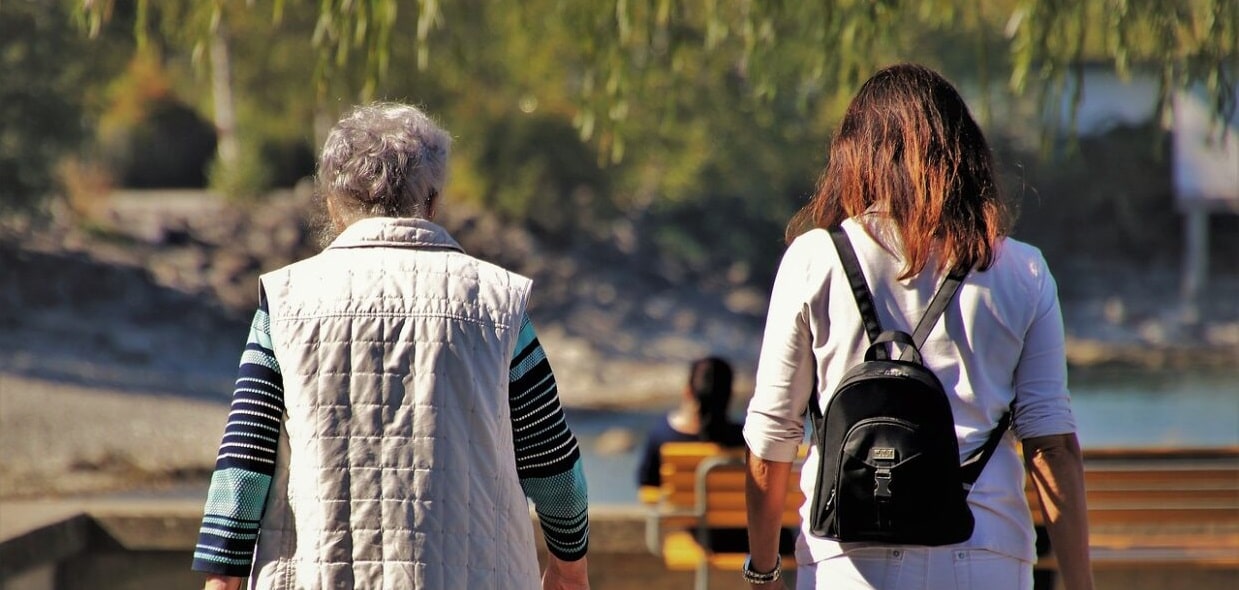AGE AND GENDER

Looking at the gender dimension of ageing is essential if we wish to have a comprehensive and thorough understanding of the issue of population ageing in Europe and adequately address its challenges. Yet, the situation of older women in Europe is often overlooked in studies, statistics and policy impact assessments. The situation of older persons and the one of women are usually analysed separately, which obscures the particular challenges older women face when the disadvantages of gender and age compound.
Gender and age: an intersection with specific challenges
Inequalities tend to exacerbate in old age as disadvantages and discriminations accumulated throughout the life-cycle. This is particularly true for older women who are experiencing the combined effect of ageism and sexism, leading to multi-fold inequalities, e.g. in access to employment, adequate pensions, healthcare, etc. At EU level, some important EU legislation and initiatives, such as the Gender Equality Directive and the Employment Equality Directive, protect women partially, but there remains a gap between law and practice and this gap increases in old age.
AGE mainstreams gender in all its work and actively collaborates with other NGOs to improve the sensitiveness of EU policy towards gender inequalities. We also regularly highlight the specific issues faced by older women in our contacts with other EU institutions such as the European Institute for Gender Equality, the European Investment Bank.
The particular challenges faced by older women are highlighted in our joint position paper on older women’s future challenges, published together with the European Women’s Lobby (EWL), in which we also propose recommendations to the European Commission, Member State governments and employers, aimed at improving the situation of older women in Europe.
The issue of gender was also among the thematic focuses of our #AgeingEqual campaign: view the campaign dedicated subpage on ageism & gender and the highlight made on that occasion.
Look at some specific aspect of gender challenges and what AGE is doing to address them:
- Gender equality and employment policies
- Gender equality and adequate income, pensions and social inclusion
- Gender equality and health
Image: Pixabay



